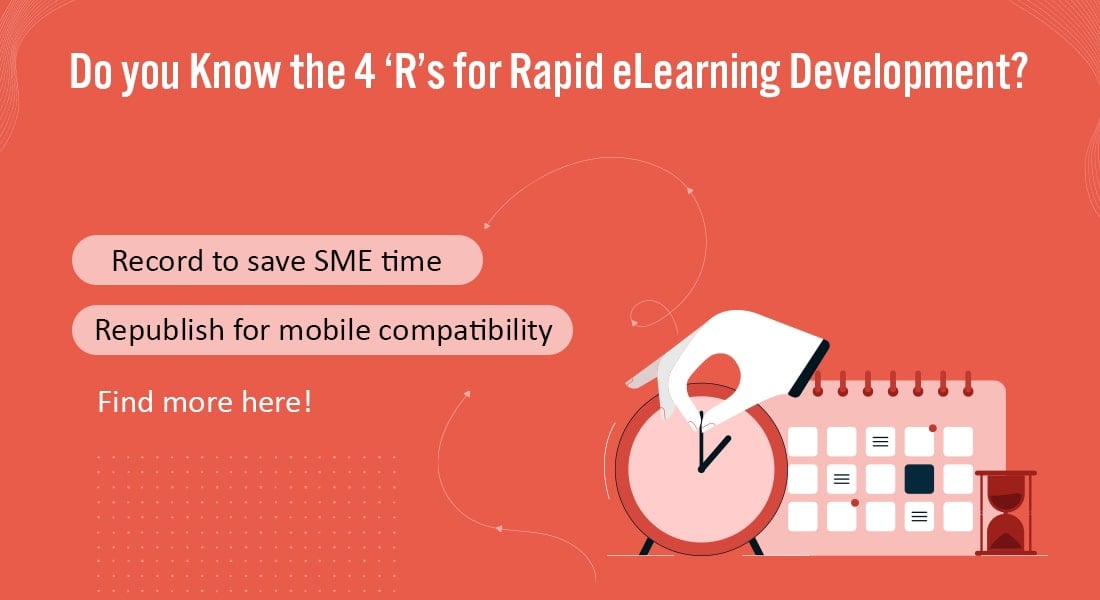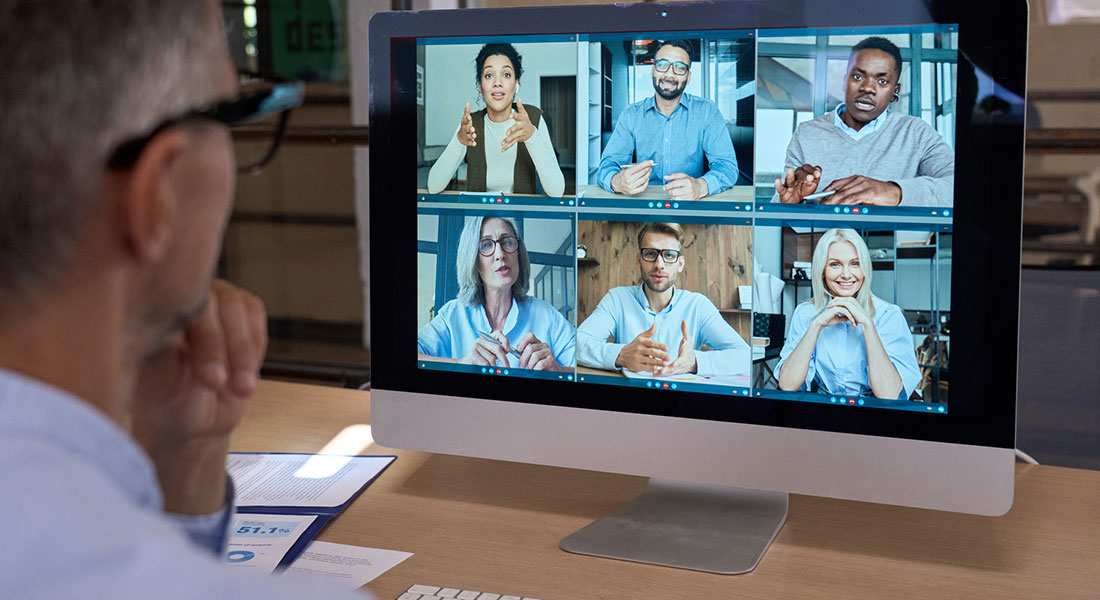3 Best Practices of Training Customers through E-learning

It is well-said that the customer is the king of a business and that’s why it’s very important that we engage our customers effectively and make them aware of our products, services, and the benefits of using them. Customer training is essential for customer satisfaction and business growth. Organizations worldwide are increasingly investing resources to train their customers on their products and services.
How can you educate your customers effectively on your products, services, and the benefits of using them? E-learning can be used effectively to engage and train your customers. Here are a few best practices of using e-learning for customer training.
1. Video-based Learning
Video-based learning can be used very effectively to train your customers. Videos are perfect tools to explain the functioning of products. They come in handy in situations where the working of products cannot be demonstrated in real life; in such cases, it is a better choice to use videos in which an expert shows how the product works. Video-based learning can be used to train customers about the features of a product, its advantages, handling, and any precautionary measures that need to be followed while using it.
2. Microlearning
Microlearning refers to the delivery of training content in the form of information nuggets. It is very relevant for organizations that frequently launch new products or update existing ones. Training content can be divided into several digestible, bite-sized, independent chunks, each having a span of not more than 10 minutes. For instance, if the new product has 5 new features, you can deliver 5 different micro-modules, each focusing on one feature – one performance objective. These modules can be accessed by customers anytime during short tea breaks, lunch, or spare time, rather than sitting and taking a full course at a time.
3. Simulation-based Learning
Simulation-based learning is a highly specialized, interactive way of training your customers that allows them to learn and practice real world activities in a controlled, secure, and risk-free environment. We can create product simulations by taking information from the manuals, technical documents, and user guides of a particular product. This will help customers understand the product better.
The e-learning medium helps impart customer training in a flexible manner, breaking the shackles of time and location as customers have the freedom to access the training whenever and wherever they want. Furthermore, e-learning courses enable organizations to deliver highly effective customer training in quick time, without worrying about the logistical aspects as these courses can be hosted from a convenient location. It is easy and cost-effective to develop and update the content of these courses using rapid authoring tools.
Hope these best practices will help you increase the effectiveness of your online customer training programs by making them more engaging, retentive, and learner-centric.





